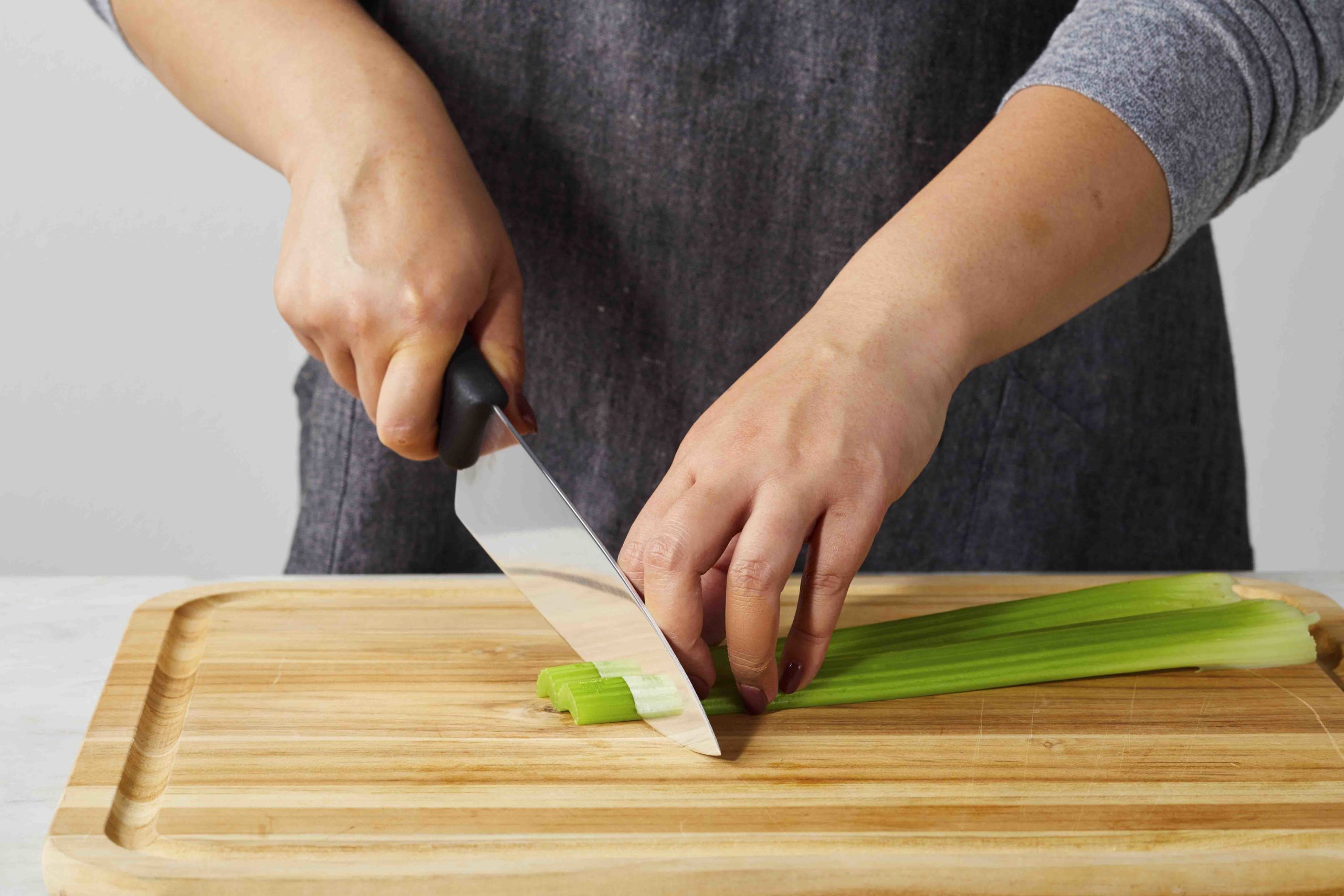Unmissable Guide: How to Rehandle a Chef Knife for BBQ Enthusiasts
Written By James Morgan
Barbecue enthusiasts, if you have a favorite chef knife that's seen better days, don't rush to replace it just yet. The process of how to rehandle a chef knife can breathe new life into your trusty culinary companion. Whether it's wear and tear from frequent use or the grips have simply become uncomfortable, rehandling your chef knife may be the perfect DIY project you didn't know you needed. Read on for a comprehensive guide on rehandling your chef knife - a skill that'll prove invaluable in your barbecue ventures.

Why Rehandle Your Chef Knife?
Rehandling a chef knife isn't just about restoring its appearance. The benefits are manifold:
- Comfort: Tailoring the handle to fit your grip ensures less strain, making long prep sessions more manageable.
- Safety: A secure grip reduces the risk of the knife slipping, preventing potential injuries.
- Customization: Personalize your knife handle with materials and designs that reflect your style.

Tools Youll Need
Before embarking on this journey, ensure youve gathered all the necessary tools and materials:
Materials
- Knife blade
- Handle material (wood, micarta, or G10)
- Epoxy resin
- Brass pins or rivets
Tools
- Clamps
- File or rasp
- Sandpaper (various grits)
- Drill and drill bit that matches your pins/rivets
- Vice

Step-by-Step Process
Now that you're equipped, let's dive into the steps for rehandling a chef knife.
Step 1: Remove the Old Handle
The first step is to carefully remove the old handle. This is usually done by drilling out the rivets or pins that hold the handle to the blade.
Step 2: Cut and Shape the New Handle Material
Position the blade onto the new handle material and mark out where to cut. Carefully shape the rough outline using a saw.
Step 3: Drill the Pin Holes
Align the blade on the new handle and clamp it firmly. Using the blades handle holes as a guide, drill corresponding holes into the handle material.
Step 4: Epoxy Application
Mix the epoxy resin according to the instructions. Apply a generous amount onto one side of the handle material, then place the blade tang in position, and apply epoxy to the other side. Clamp the layers together and let it cure as per the epoxy manufacturers recommendations.
Step 5: Filing and Sanding
Once the epoxy has cured, it's time to file and sand the handle to its final shape. Start with a coarse file and gradually move to finer grits of sandpaper.
Step 6: Insert Pins/Rivets
Insert the brass pins or rivets through the handle holes. Secure them by peening (hammering the ends to flare them out slightly) and then filing them down flush with the handle surface.

Finishing Touches
A good finish not only looks great but also enhances the tactile feel:
- Apply a wood finish or mineral oil if youre using a wooden handle. This protects the wood and adds luster.
- For synthetic materials, polishing with a fine abrasive brings out a beautiful sheen.
FAQs
How do I know when to rehandle my chef knife?
If the handle shows signs of wearing out, cracking, or loosening, it's time to rehandle your chef knife. Additionally, if the existing handle doesnt fit comfortably in your hand, rehandling can vastly improve your user experience.
Is rehandling a chef knife difficult?
Rehandling requires some basic tools and skills, but it's a doable project for most DIY enthusiasts. Take your time and follow each step carefully to achieve good results.
What kind of materials should I use for a new knife handle?
Choices range from traditional wood to modern synthetic materials like micarta and G10. Each has its pros and cons, so choose a material based on your preferences for aesthetics, comfort, and durability.
For more detailed knife skills and safe handling practices, check out this [guide from Forks Over Knives](https://www.forksoverknives.com/how-tos/knife-skills-cutting-technique/) or this Dummies article for safe knife use.
As an Amazon Associate, I earn from qualifying purchases.



